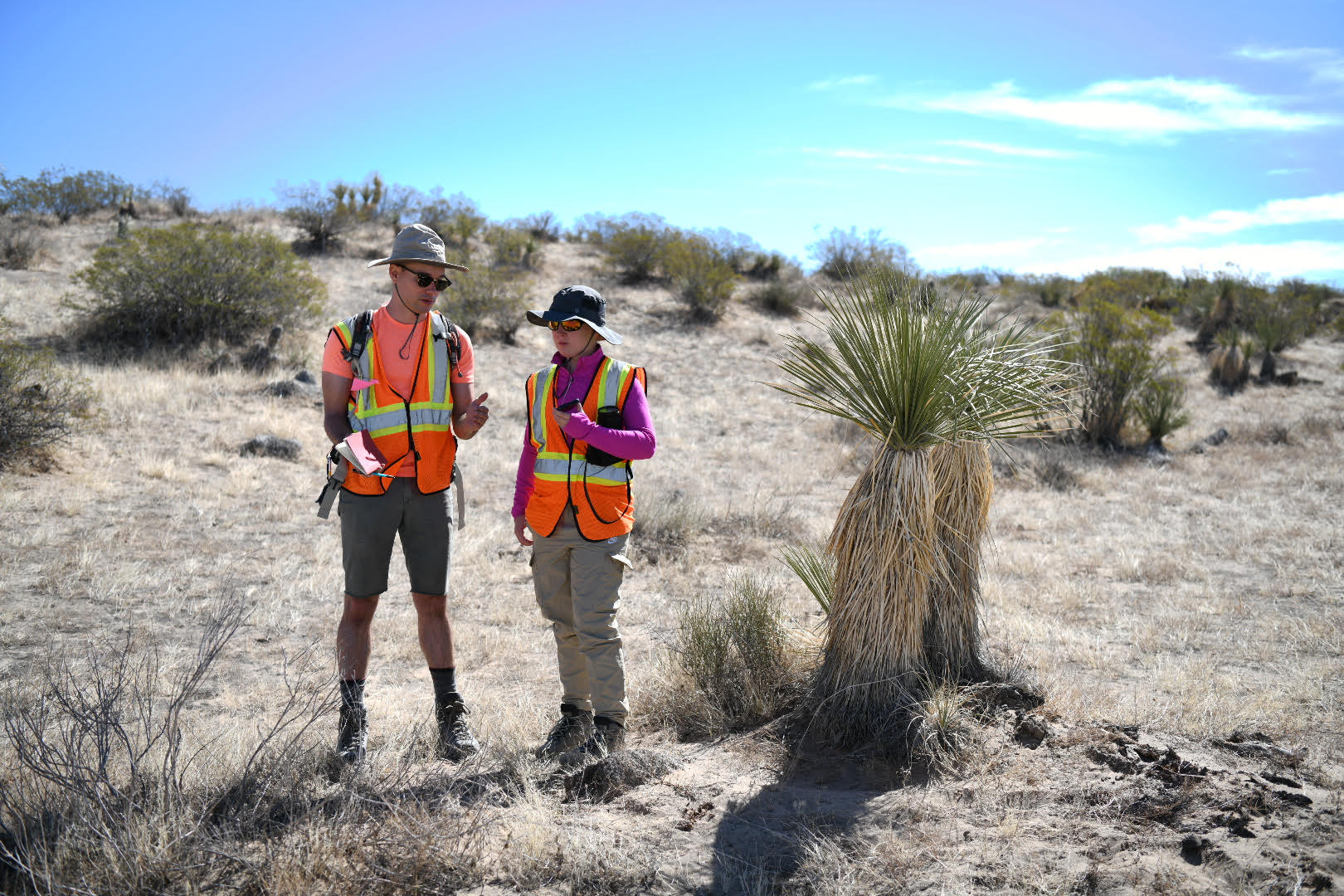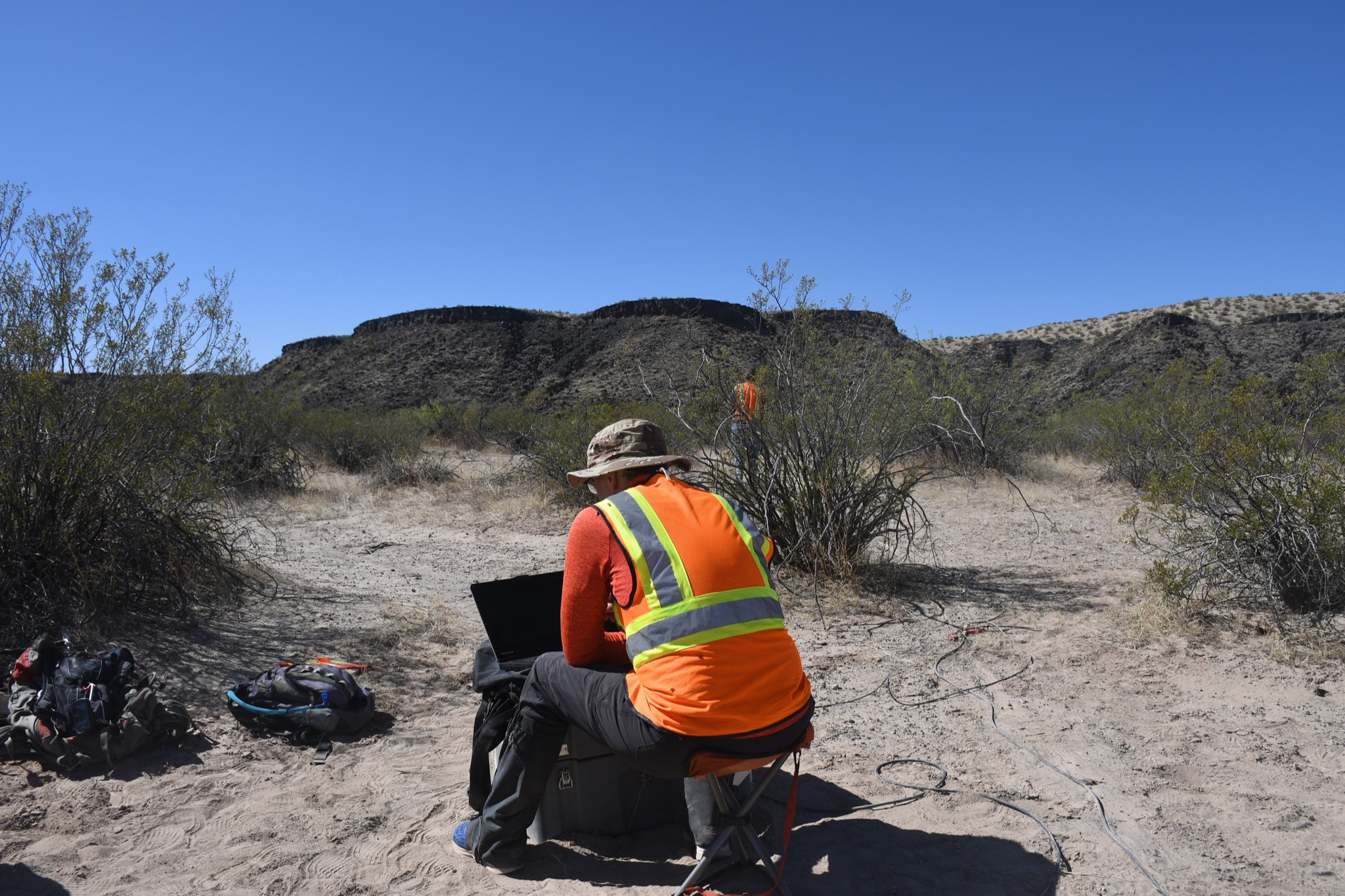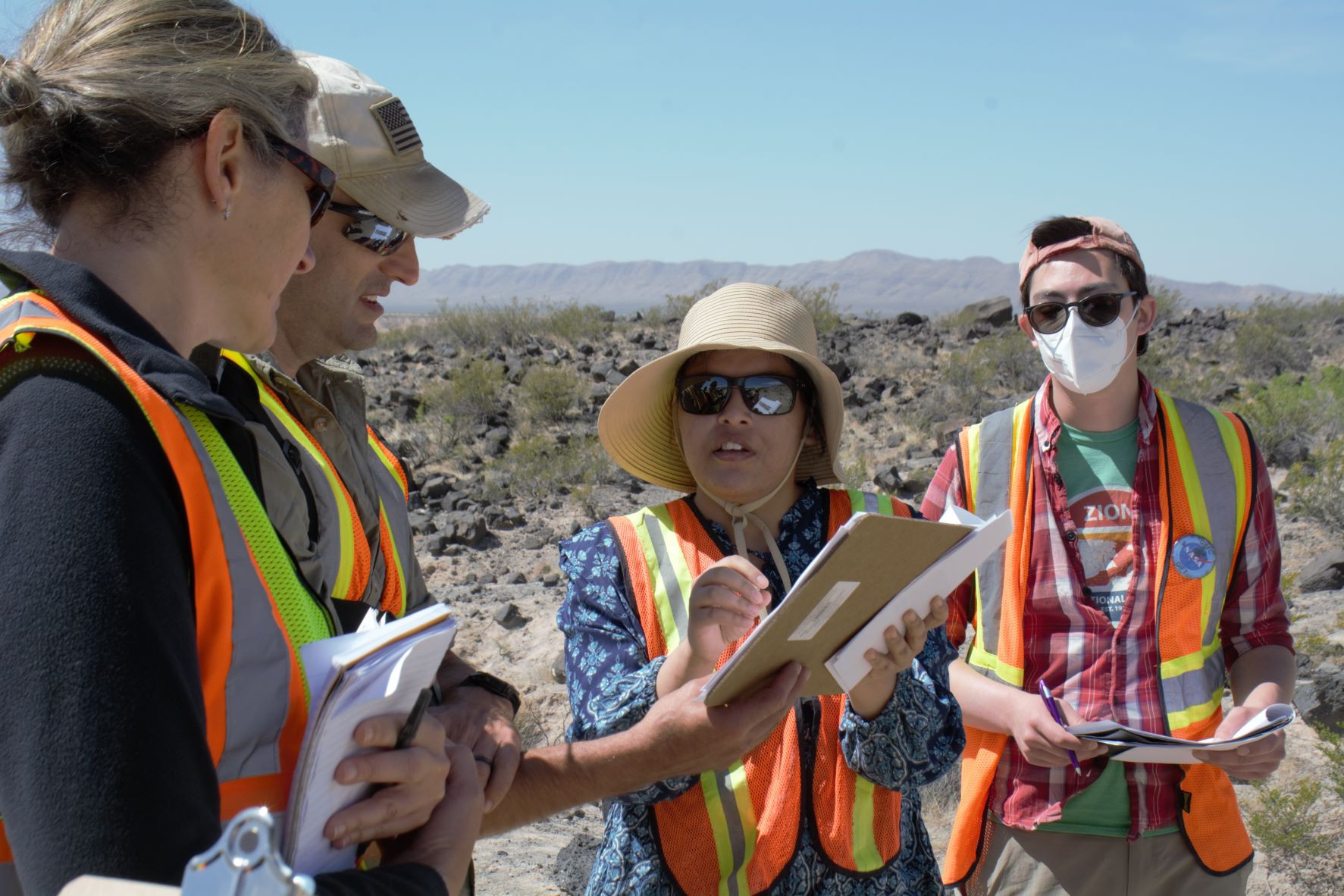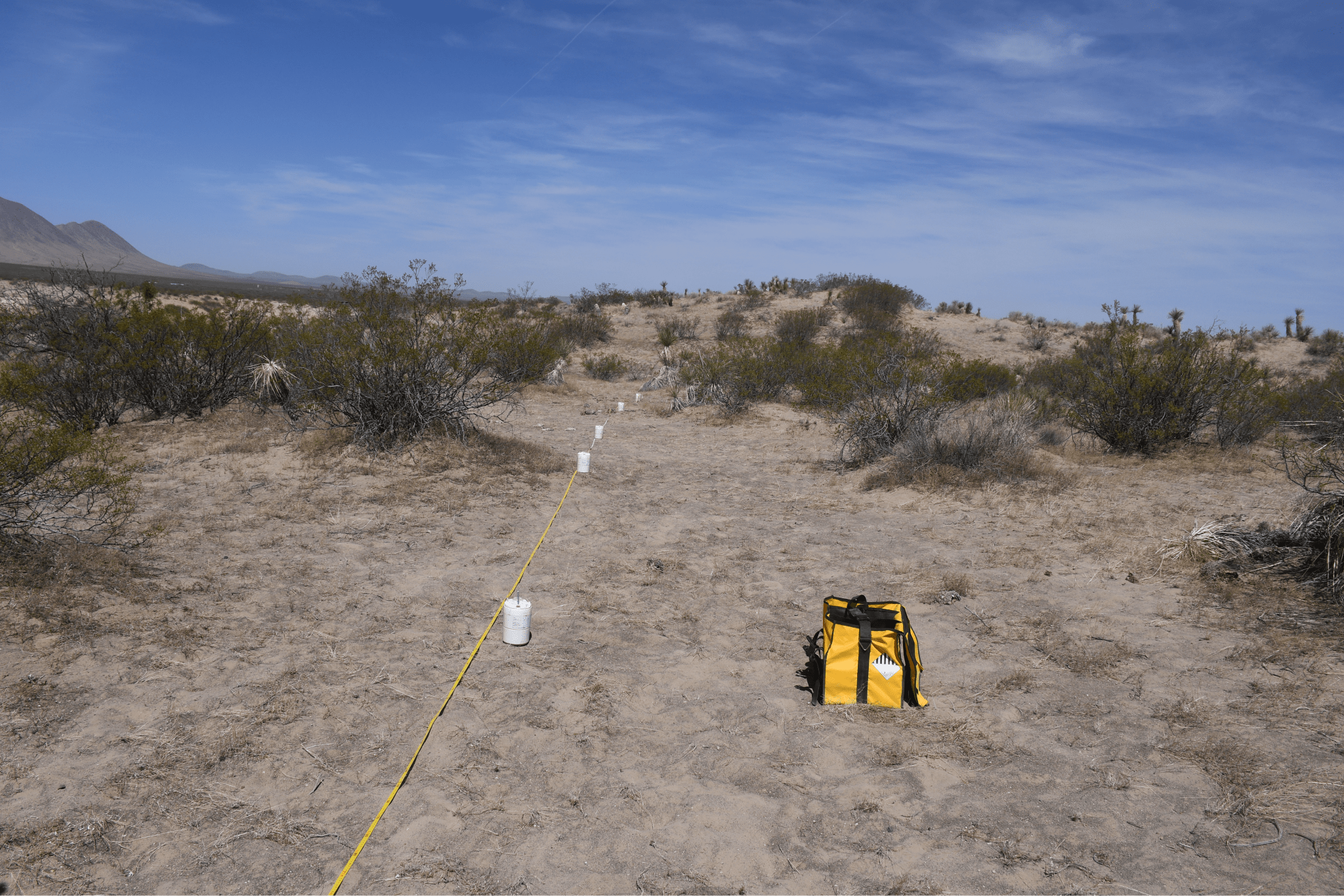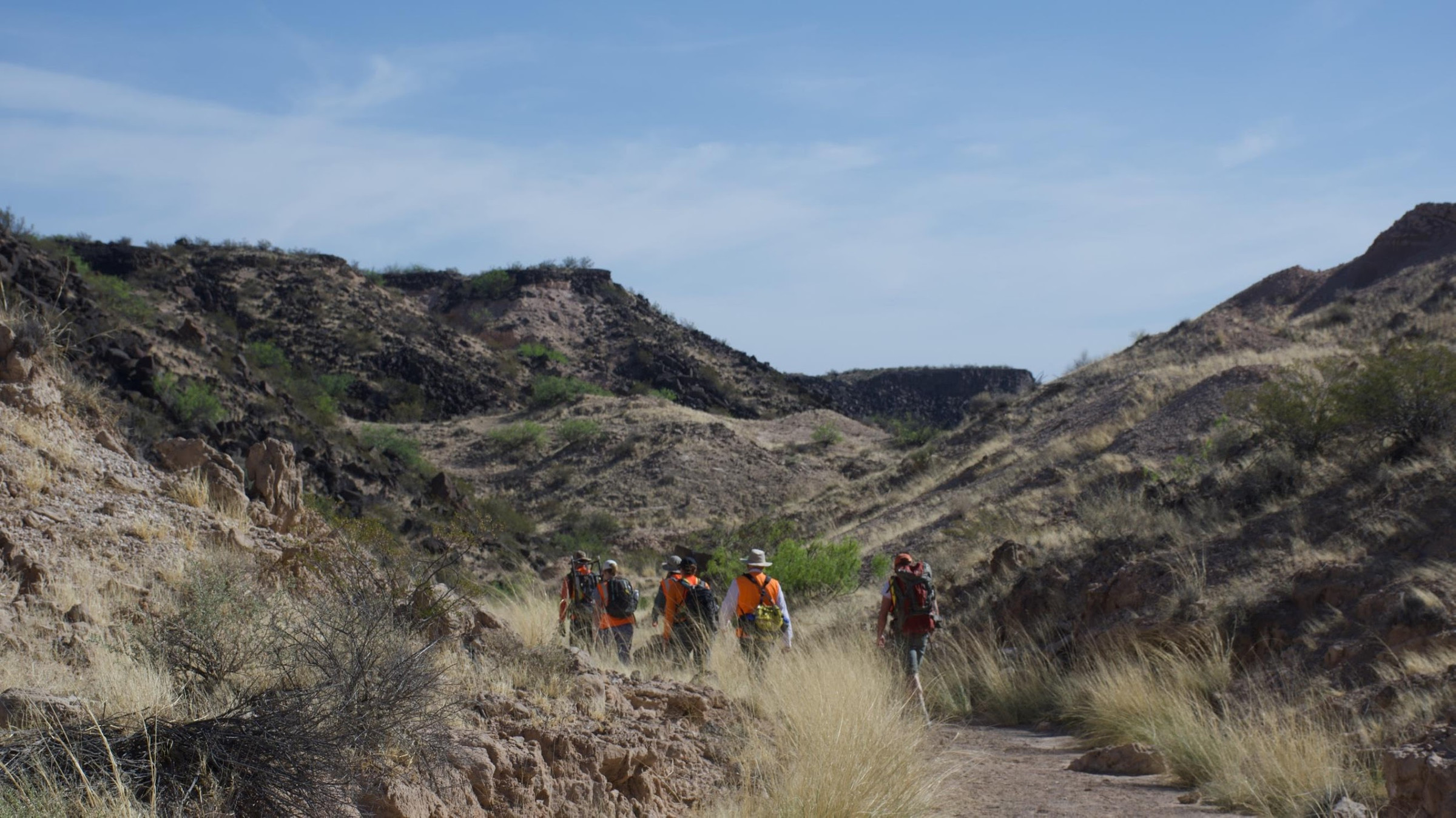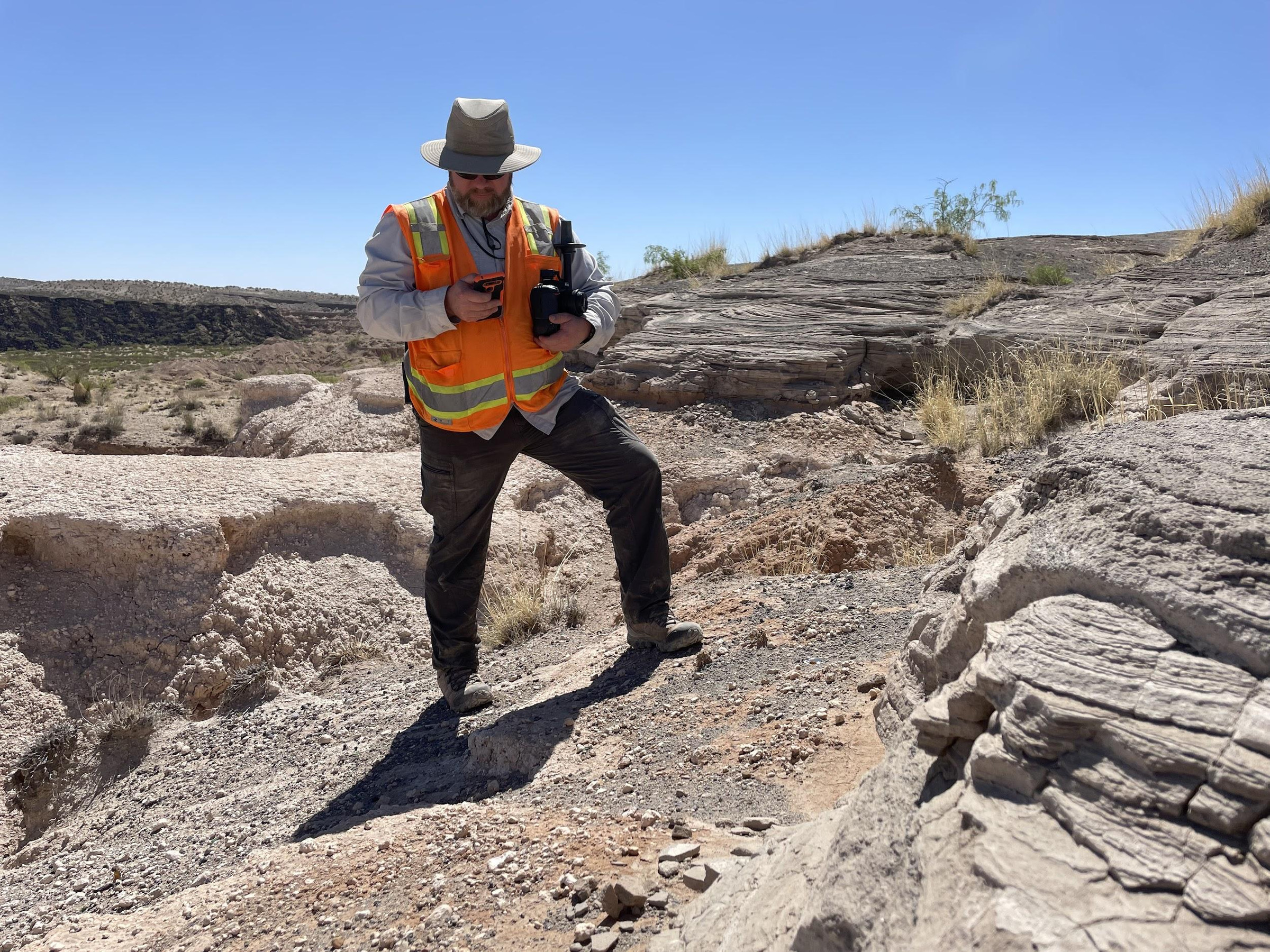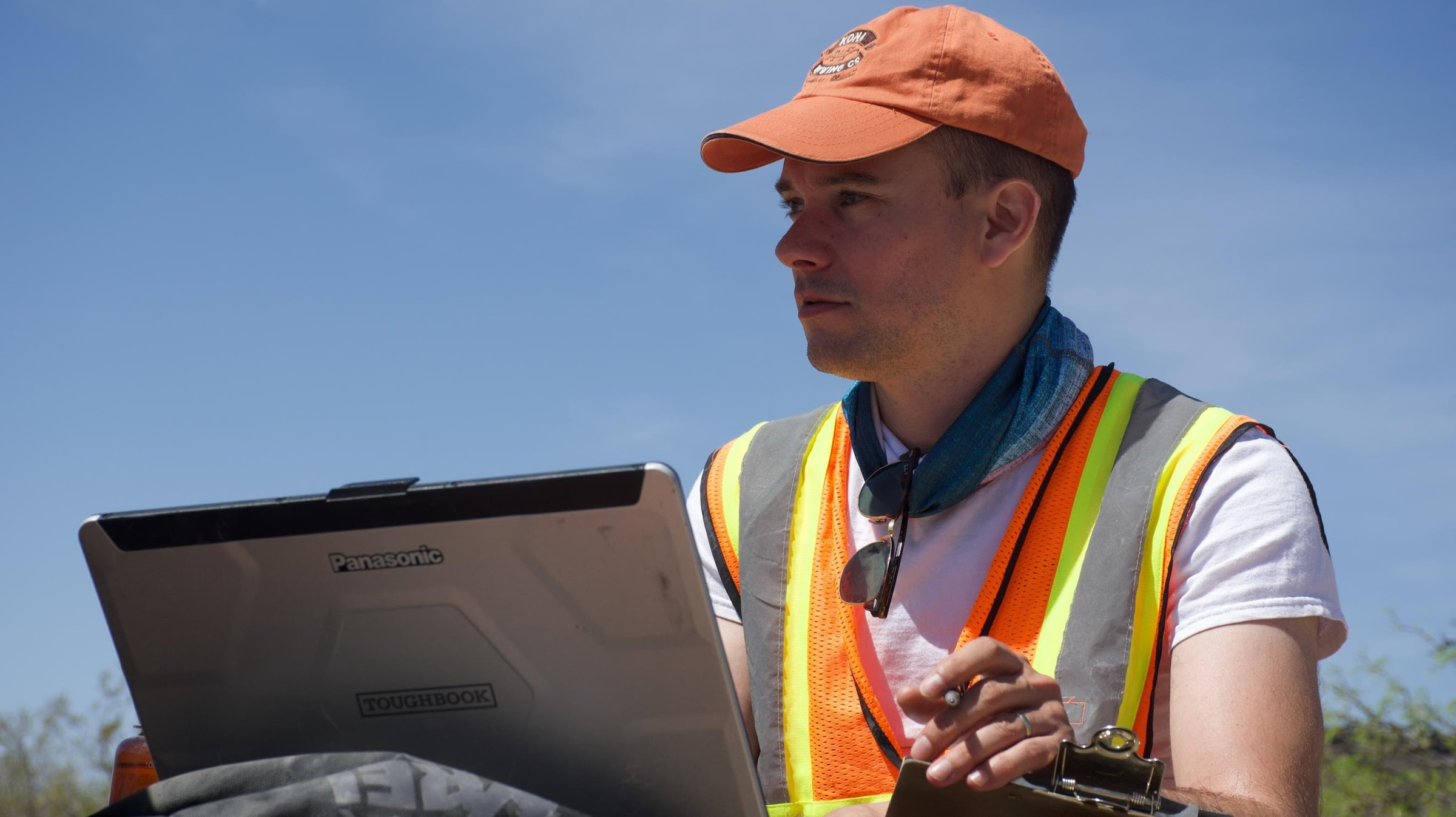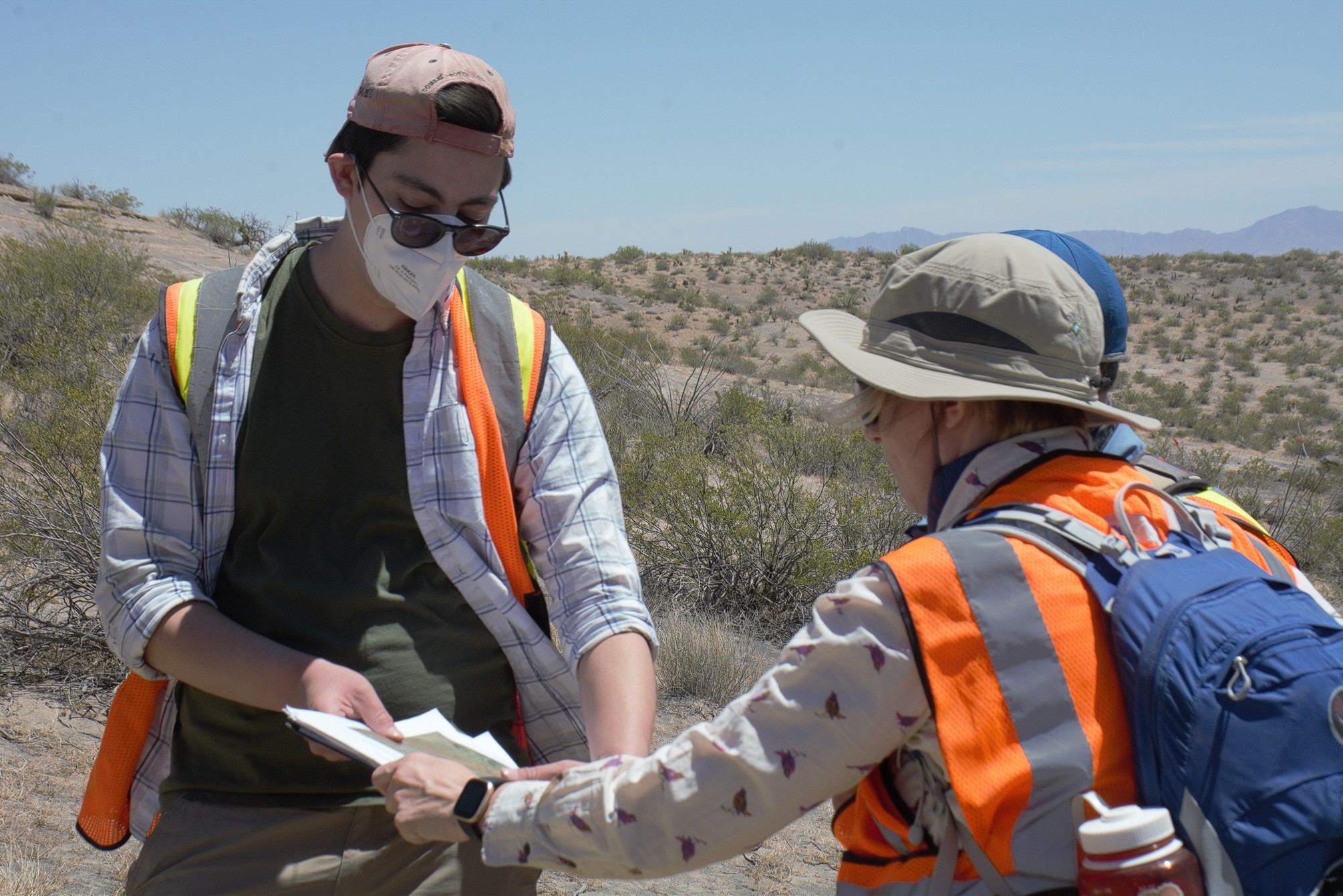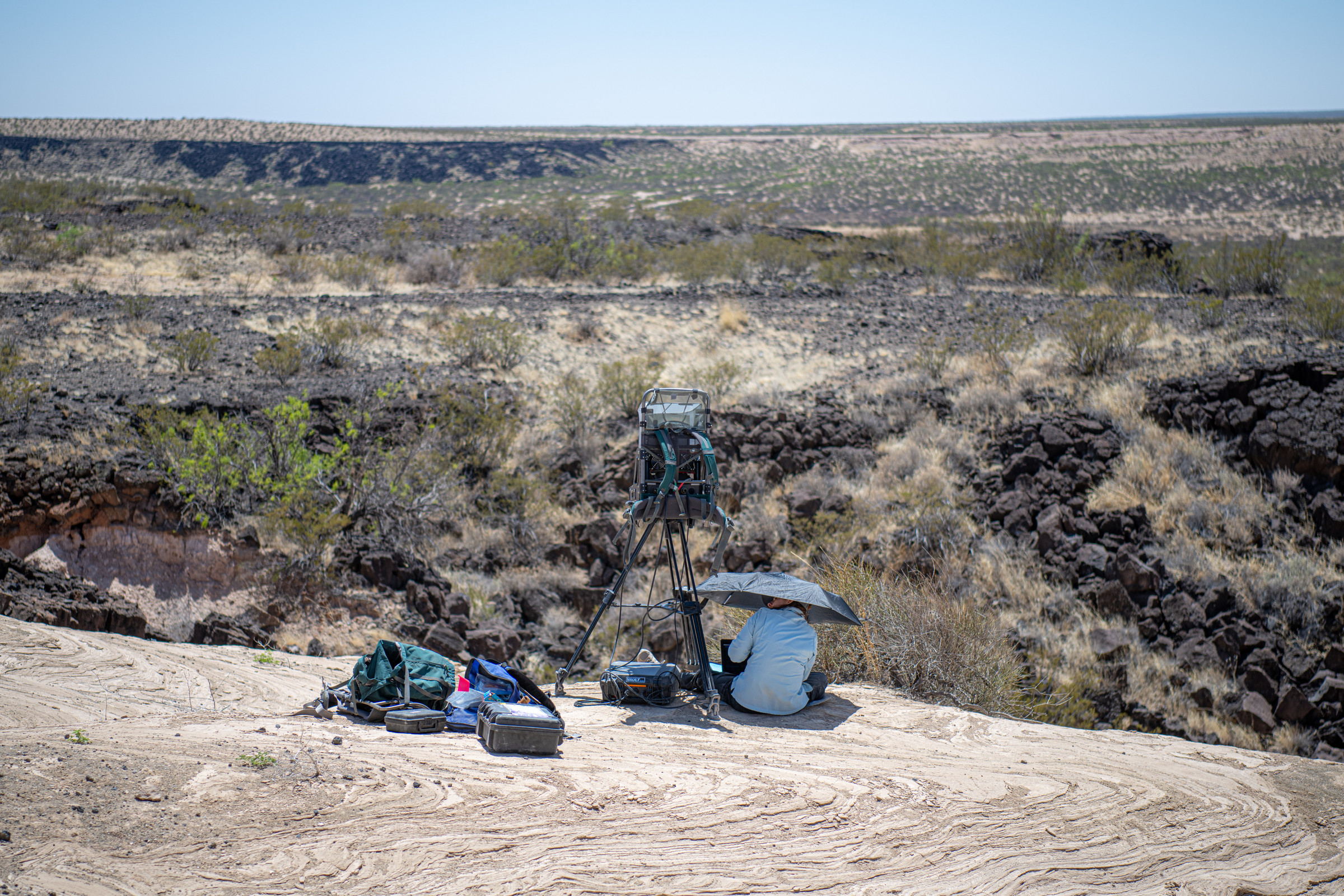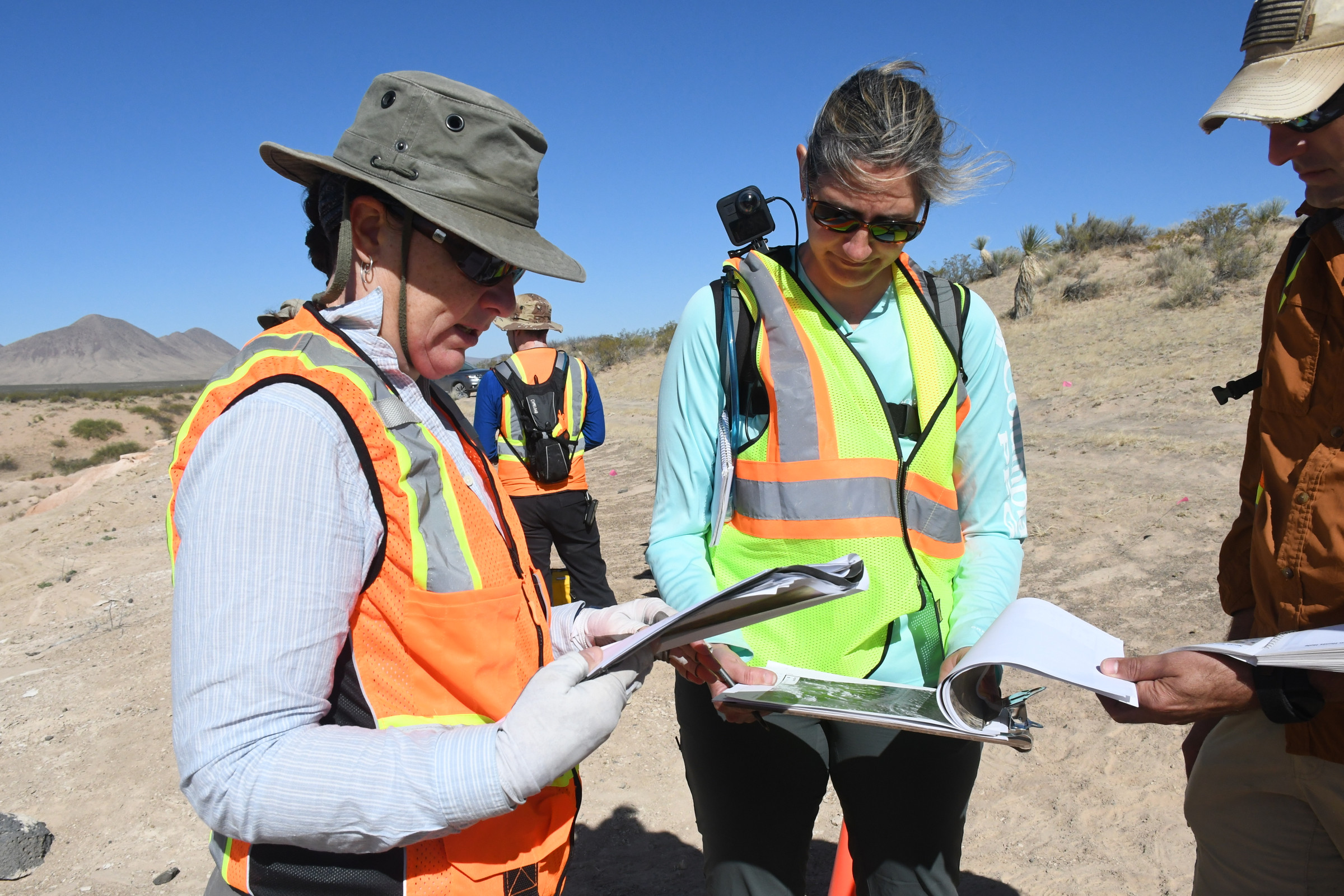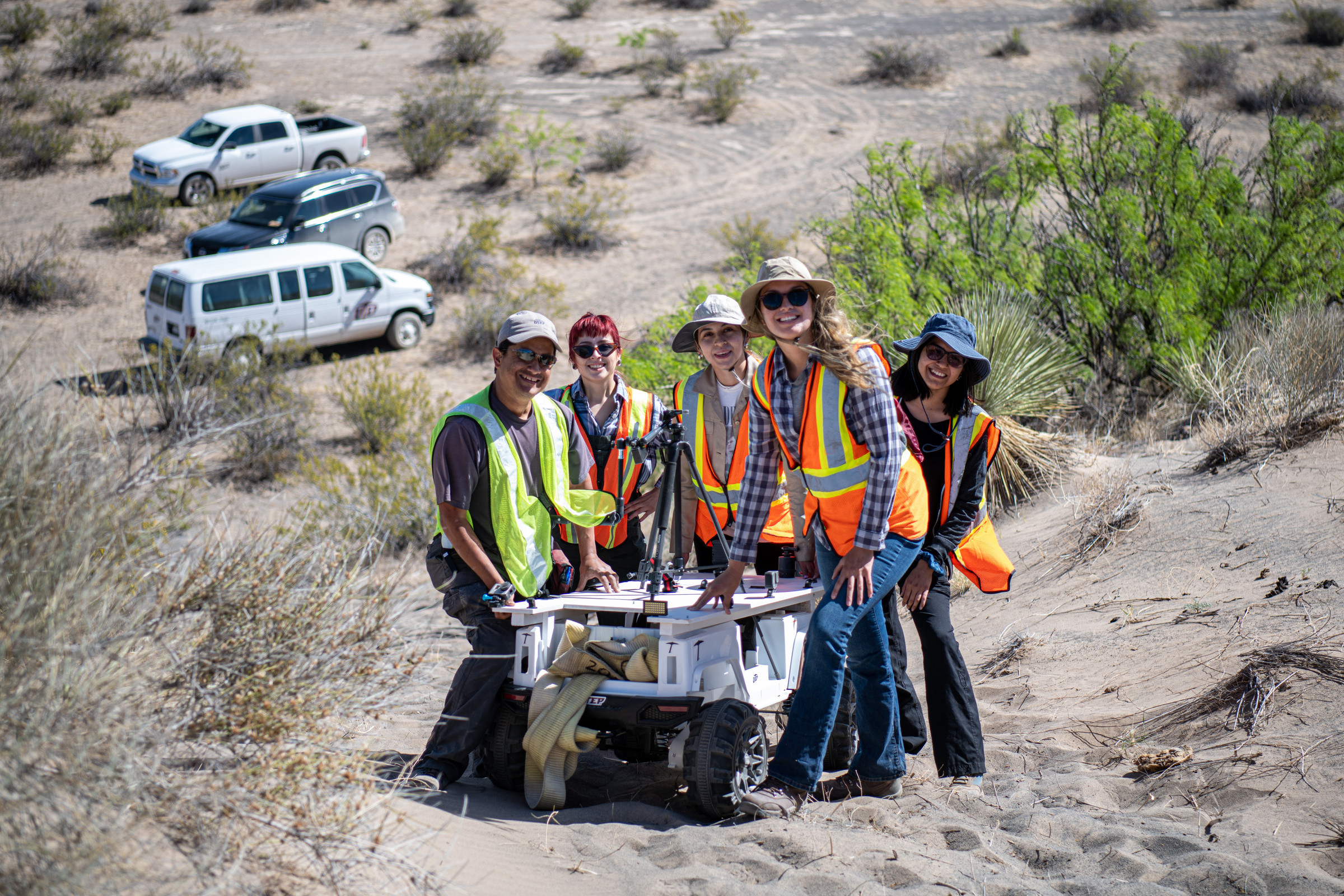Featured Stories
By Sara Ruberg
Strolls Through a Volcanic Crater Help Astronauts Prepare for Walks on Moon
“Houston, are you seeing this?” Caroline Kostak said into the GoPro propped on her shoulder. The NASA engineer held up a rock she found during a traverse and showed it to the camera, twisting it and examining it in her hands. She’s usually a researcher for the Remote, In Situ, and Synchrotron Studies for Science and Exploration (RISE2) Program, but today she’s acting like an astronaut on the Moon collecting rock samples to bring back to Earth.
Planetary Proteges
Geoscience, Graduate Students, and a Global Pandemic
Nandita Kumari spent the morning doing data collection and rock identification for each extravehicular (EVA) traverse. The data and observations from scientists, Kumari hopes, will give better insight into the eruptions that have occurred and the history of rocks that remain.
A Giant Leap: A Personal Journey in the Steps of an Astronaut
In April 2022, I stepped into the shoes of an astronaut. Teams of NASA scientists gathered at the Potrillo Volcanic Field in New Mexico for a week’s worth of research to help send a crew of astronauts back to the Moon and other worlds. I was fortunate enough to test out new methods that astronauts would use on a future mission to the moon, such as spacewalking or extravehicular activity (EVA). It was my job to find the basalt layer of rock some seven meters down into the earth for drilling in a seismic experiment.
Kilbourne Hole: Through My Eyes
A coating of desert dust is etched into the now-pronounced creases of my boot. My boots are forever changed, and so am I. Being out there in the desert, approximately eight hours a day for three days, was humbling. From the vastness of the scenery to the uneven terrain, to the dust devils to the olivine, the intensity and power of the natural world was remarkable. Experiencing the beauty and magnitude of the area made me realize how small I am — and how the problems that exist in my head are even smaller.
Views from Hunt and Kilbourne: A Photo Essay
As I traipsed through the sands of Potrillo Volcanic Fields, sweat dripping off my brow, I couldn’t get over the fact that for geologists, this lifestyle is their 9-5. While craters might seem nothing more than a useless wasteland to some, they are a geologist’s paradise. Across three days, I gained insight on the immense preparation going into future space exploration, all while soaking up some of the most beautiful views I’ve ever seen.
Lunar Luminaries
From Passion Project to NASA: How Putting Data In Context Changed One Engineer’s Career
Ben Feist stood against the dusty wind at the Potrillo volcanic field. “Nothing like chasing your hat across the desert,” he quipped. The software engineer stood in the midst of a 400-square-mile otherworldly environment of parched land, craters and lava flows.
For the love of simplicity and helping everyone
One of Dr. Scheidt’s key objectives on the RISE2 mission was providing UAV data with drone technology. Simulating a satellite image taken of a planetary surface, his images provide the other scientists with the necessary information to help traverse the desert terrain in a realistic manner to that of astronauts on another planet.
In his element: Exploring seismic features with Jacob Richardson
When Jacob Richardson enters a field site, he never knows what he’ll find. As deputy principal investigator of the GEODES (Geophysical Exploration of the Dynamics and Evolution of the Solar System) team at NASA's Goddard Space Flight Center, Richardson has traveled the world conducting geological research.
Zach Morse, EVA Extraordinaire
Being the field lead for the EVA (extravehicular activity) traverses at Kilbourne and Hunt’s Hole, Zach Morse knows exactly what he wants to accomplish: “How do technologies and instruments like the LIDAR (Light Detection and Ranging) interact with astronauts doing live science missions?”
Star Academics
Deanne Rogers: Hyperspectral Imager
The work that the Stony Brook University geologist took on in April 2022 – perched in a volcanic field in New Mexico with a machine that analyzes the composition of rocks – may help astronauts get back to the moon and, eventually, to the red planet. “It's all about, for me, just doing good work,” she said during a break in the RISE2 expedition to the Potrillo Volcanic Field. “Keep your head down, do good work.” That she did.
Alice Baldridge lives to explore the Earth and tell its stories
On a hot sunny day in the deserts of New Mexico, Alice Baldridge stood on the edge of a rock one morning under the late April sky and took scientists through simulation after simulation in a volcanic crater to learn the history of the site. The geologist and educator lives to tell stories — but not as a writer, as a geologist.
The Guru of Potrillo: José Hurtado Trains Astronauts and Students in an Open-Air Classroom a Mile Wide
Professor José Hurtado knows all about working in the field. He’s completed research not just around the country, but around the world, as a seasoned geologist, from the Himalayas to New Mexico.
© 2025 ReportingRISE. All rights reserved.


